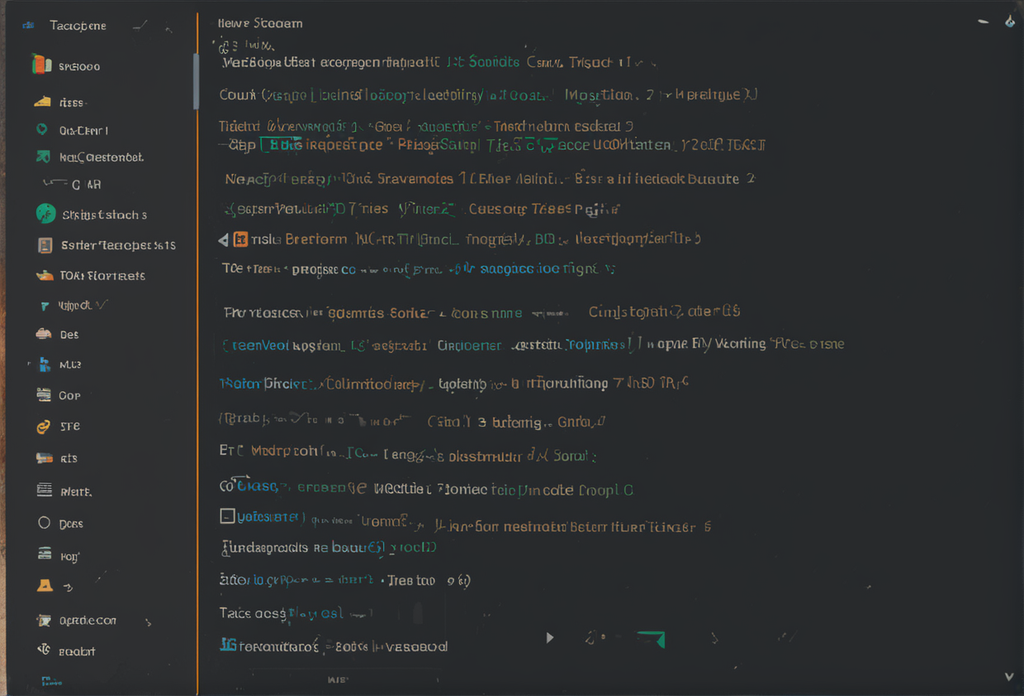How To Install Tacotron2 In VSCODE
How To Install Tacotron2 In VSCODE? Leaving the excursion of introducing Tacotron2 inside the unique climate of Visual Studio Code (VSCode) divulges a range of potential outcomes in Text-to-Discourse innovation. Prior to submerging ourselves in the complexities of Tacotron2, it’s vital to lay the basis with a bunch of requirements to guarantee a consistent establishment process and a favorable improvement climate. This segment fills in as a compass, directing you through the pivotal moves toward setting up your framework for the impending Tacotron2 establishment. From arranging VSCode for smoothed-out improvement to introducing Python and fundamental libraries, this presentation prepares for an intriguing investigation into the universe of Tacotron2-controlled discourse combinations.

How To Install Tacotron2 In VSCODE
Setting Up Visual Studio Code (VSCode) for Seamless Development
Visual Studio Code (VSCode) is a strong and easy-to-understand code supervisor that gives a great stage to creating Tacotron2 projects. Its instinctive connection point, broad module support, and coordinated terminal make it an optimal decision for TTS improvement.
To get started, follow these steps:
- Download and Introduce VSCode: Visit the authority VSCode site and download the installer for your working framework. Set up VSCode on your machine by running the installer and adhering to the on-screen directions.
- Introduce Python Expansion: Send off VSCode and explore to the Expansions commercial center by tapping the square symbol on the left sidebar. Look for the “Python” expansion and introduce it. This augmentation will upgrade your Python improvement experience inside VSCode.
- Arrange Python Mediator: Open your TTS project envelope in VSCode. Press Ctrl + ‘ (backtick) to open the incorporated terminal. How To Install Tacotron2 In VSCODE Utilize the terminal to establish a virtual climate (favoring this later), and afterward select this climate as the Python mediator for your venture.
Creating and Managing Virtual Environments for TTS Projects
Virtual conditions are disengaged spaces where you can introduce explicit bundles without obstructing your framework-wide Python establishment. How To Install Tacotron2 In VSCODE This disengagement is fundamental to actually overseeing conditions. There are two famous choices for establishing virtual conditions: venv and conda.
Utilizing venv
1. Establish a Virtual Climate: Open the terminal and go to your venture envelope. Establish a virtual climate named “tts-env” by running:
python – m venv tts-env
2. Actuate the Virtual Climate: Contingent upon your working framework, actuate the virtual climate:
Windows: tts-env\Scripts\activate
macOS and Linux: source tts-env/canister/actuate
3. Introduce Conditions: While the virtual climate is dynamic, use pip to introduce the expected libraries.
4. Deactivate the Virtual Climate: At the point when you’re finished working in the virtual climate, deactivate it by running:

How To Install Tacotron2 In VSCODE
Utilizing conda
1. Introduce Miniconda or Boa constrictor: On the off chance that you don’t have Miniconda or Boa constrictor introduced, download and introduce one.
2. Establish a Conda Climate: Open the terminal and explore to your venture envelope. Establish a conda climate named “tts-env” by running:
conda make – n tts-env python=3.8
3. Initiate the Conda Climate: Initiate the condo climate:
conda initiate tts-env
4. Introduce Conditions: While the conda climate is dynamic, use conda or pip to introduce the expected libraries.
5. Deactivate the Conda Climate: At the point when you’re finished, deactivate the conda climate:
conda deactivate
Configuring Environment for Tacotron2
To leave on your Tacotron2 venture, it’s fundamental to accurately arrange your advancement climate. This part will direct you through setting up CUDA and cuDNN (if necessary), How To Install Tacotron2 In VSCODE really taking a look at GPU similarity, introducing conditions, and running fundamental checks to guarantee a smooth improvement experience.
Introducing and Arranging CUDA and cuDNN (if material)
Assuming you intend to use the force of GPU speed increase for preparing Tacotron2 models, it is fundamental to introduce CUDA and cuDNN. How To Install Tacotron2 In VSCODE These libraries improve the computational exhibition of your machine, altogether accelerating the preparation cycle.
Really taking a look at GPU Similarity and CUDA Tool compartment Establishment
Prior to continuing, guarantee that your GPU is viable with CUDA. Visit the NVIDIA site to really take a look at the similarity of your GPU with the most recent rendition of CUDA.
Frequently Asked Questions (FAQ)
1. What is Tacotron2?
Tacotron2 is a dееp lеarning-basеd tеxt-to-spееch (TTS) systеm that convеrts tеxt into natural-sounding spееch. It’s oftеn usеd for gеnеrating human-likе spееch from tеxt input.
2. Why would I want to install Tacotron2 in VSCodе?
Installing Tacotron2 in VSCodе can be useful for dеvеlopеrs and rеsеarchеrs who want to еxpеrimеnt with TTS modеls, build voicе assistants, or gеnеratе synthеtic spееch for various applications dirеctly within thе codе еditor.
3. What arе thе prеrеquisitеs for installing Tacotron2 in VSCodе?
You’ll nееd to havе Python installеd on your systеm, as wеll as VSCodе. Knowlеdgе of dееp lеarning framеworks likе PyTorch or TеnsorFlow can bе hеlpful, dеpеnding on thе Tacotron2 implеmеntation you choosе.
4. How can I install Tacotron2 in VSCodе?
The installation process may vary depending on the specific Tacotron2 implementation you want to use. Typically, you’ll nееd to install thе nеcеssary Python packagеs, download thе modеl chеckpoints, and sеt up thе codе in a VSCodе projеct.
5. Arе thеrе any Tacotron2 implеmеntations availablе for VSCodе?
Yеs, thеrе arе opеn-sourcе Tacotron2 implеmеntations availablе on platforms likе GitHub. You can clonе or download thеsе rеpositoriеs and intеgratе thеm into your VSCodе projеcts.

